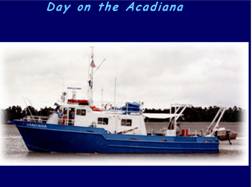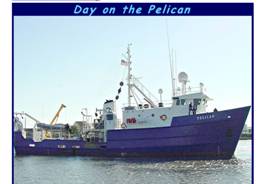Media
Video
| Diving the Dead Zone | |
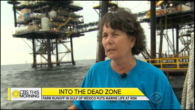
CBS This Morning – Massive dead zone in Gulf of MexicoRuntime: 3:31 Format: CBS Streaming Original Air Date: 08/16/17 Summary: The largest dead zone ever recorded in the U.S. has appeared in the Gulf of Mexico. It is primarily caused by fertilizer and sewage runoff that eventually forces marine life to leave — or suffocate and die. Jeff Glor reports. |
The Mississippi River Connection from Angles Creations on Vimeo. |
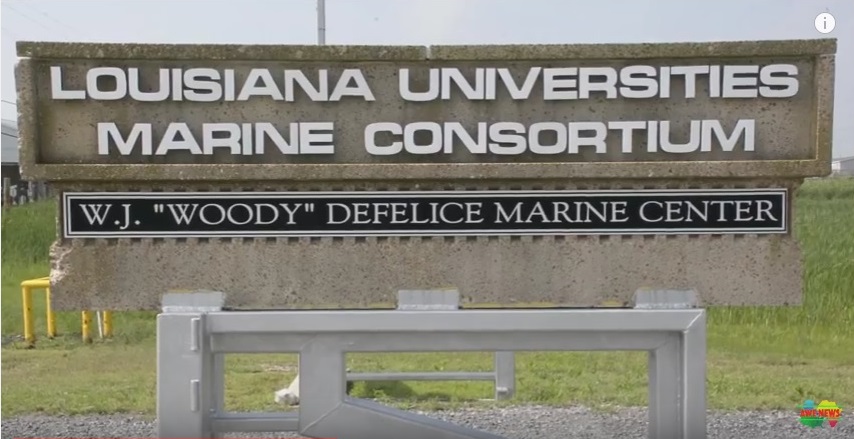
Red Tides, Hypoxia and Dead Zones explained by Dr. Nancy Rabalais of LUMCON at the Gulf of Mexico(2016)Runtime: 3:13 Format: YouTube Summary: This special segment on Red Tides, Hypoxia and Dead Zones begins in Biloxi Mississippi where AWE News interviews Robin Krohn-David back in December of 2015 where an usually large toxic Red Tide shut down their seafood industry and endangered the local residents. We then travel to Cocodrie, Louisiana and visit with Dr. Nancy Rabalais, the Executive Director of the Louisiana Universities Marine Consortium (LUMCON) who explains what’s causing these unusually large toxic Red Tides as well as the exorbitant amount of Dead Zones across the Earth choking our waterways and endangering our future, the largest of which is in the Gulf of Mexico. Dr. Rabalais will also reveal the inspiration for Alfred Hitchcock’s famous thriller, ‘The Birds’. |

AWE News Hypoxic Zone Episode PlaylistRuntime: 29:43 Format: YouTube Summary: AWE News Hypoxic Zone Episode Playlist |
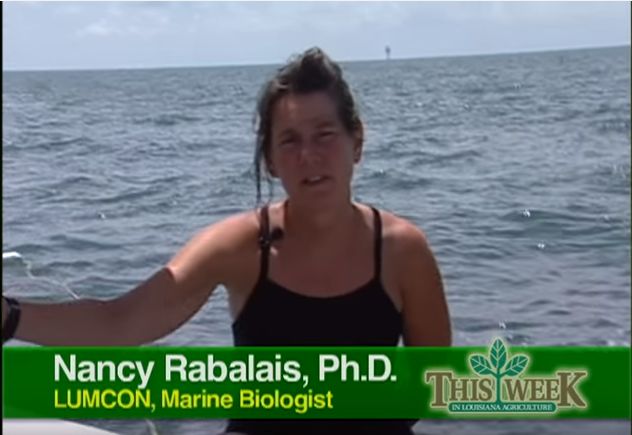
Dead Zone, Gulf of Mexico Hypoxia Zone (2003)Runtime: 3:13 Format: YouTube Summary: Dr. Nancy Rabalais and her student researchers studying low-levels of dissolved ozygen in the waters of the Gulf of Mexico. Dr. Rabalais is the foremost reseacher studying the growing hypoxic zone off the coast of La and TX. Dr. Rabalais and her research team are part of LUMCOM or Louisiana Universities Marine Consortium out of Cocodrie, La in Terrebonne Parish. |
|
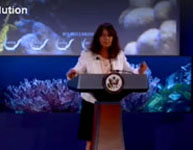
LUMCON Executive Director, Nancy Rabalais, leads discussion at Our Oceans symposiumRuntime: 53:14 Format: Shockwave Flash Summary: Dr. Nancy Rabalais, LUMCON Executive Director, set the stage for the nutrient pollution panel with State of the Science followed by a presentation on the Baltic Sea by Dr. Dan Conley and two solution presentations by Crispin d’Auvergne on their efforts to address nutrient pollution and Kari Niedfeldt-Thomas on best management practices in agriculture. |
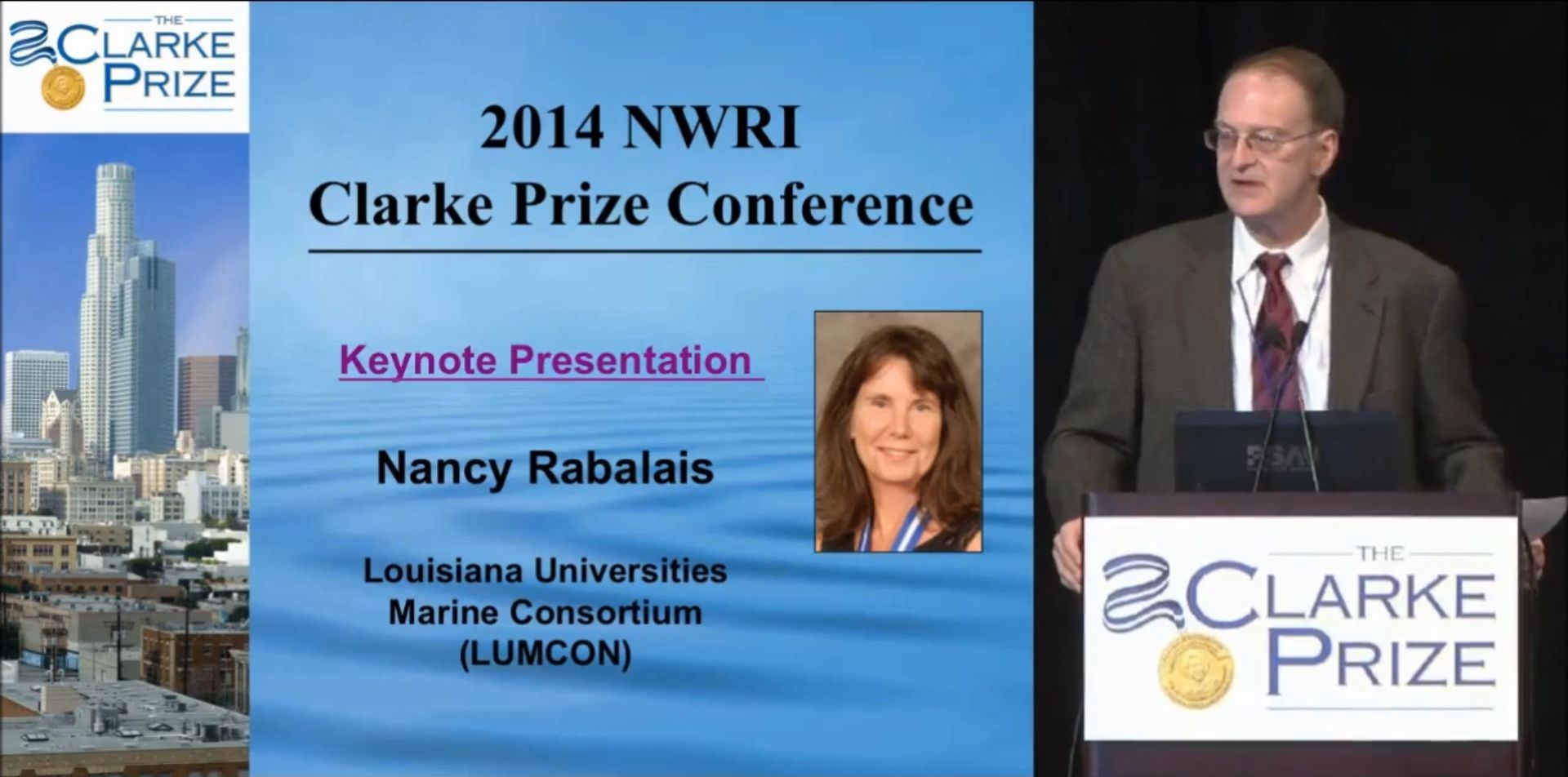
Water Is Life and Is to Be CelebratedRuntime: 29:43 Format: YouTube Summary: 2014 Clarke Prize Conference speaker Nancy Rabalais discusses how Water Is Life and Is to Be Celebrated. |

LSU researchers discuss the Gulf of Mexico’s Dead ZoneRuntime: 2:50 Format: YouTube Summary: LSU researchers discuss the Gulf of Mexico’s Dead Zone after completing their annual research cruise mapping its size. |

Did We Cause the DEAD ZONE?Runtime: 2:27 Format: Streaming video (flash) Summary: The Weather Channel host Matt Sampson discusses a 6000 square mile area of the Gulf of Mexico where sea life can’t survive. |

Gulf of Mexico “dead zone” puts seafood industry at riskRuntime: 2:14 Format: Streaming video Summary: On the pristine beaches of Mississippi, thousands of dead fish, stingrays, crabs and shrimp have washed ashore this month. They died from a lack of oxygen in the coastal waters of the Gulf of Mexico. |

Dr. Nancy Rabalais explains her work on hypoxia for 2012 MacArthur Fellow Award.Runtime: 2:27 Format: Streaming video (flash) Summary: Marine ecologist Nancy Rabalais was named a MacArthur Fellow in 2012. The Fellowship is a $500,000, no-strings-attached grant for individuals who have shown exceptional creativity in their work and the promise to do more. Learn more at http://www.macfound.org/fellows. |

Dr. Nancy Rabalais explains her workRuntime: 3:05 Format: QuickTime Summary: Dr. Nancy Rabalais explains her work studying Gulf of Mexico Hypoxia for her Heinz Award profile video. |
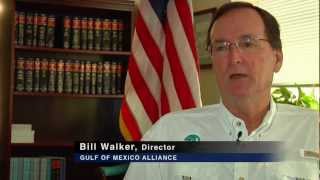
Ocean Frontiers – Iowa & the Gulf of MexicoRuntime: 20:21 Format: Streaming video (Flash) Summary: Iowa farmers, by better tending their soils, are helping to restore the Gulf of Mexico, more than 1000 miles away. |
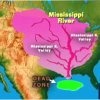
Hypoxia: The Gulf of MexicoRuntime: 3:00 Format: Streaming video (Flash) Summary: Forty percent of the United States’ fresh water drains into the Gulf of Mexico, and a large portion of the Gulf of Mexico is threatened by hypoxia due to human activity and weather. |
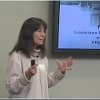
Linking Mississippi River Watershed Nutrients with Gulf of Mexico HypoxiaRuntime: 1:16:30 Format: Streaming video and presentation Summary: Dr. Rabalais describes the linkage between nutrients derived from the Mississippi River Watershed and hypoxia in the Gulf of Mexico. |
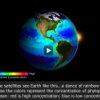
The Dead ZoneRuntime: 3:50 Format: Streaming video (Flash) Summary: One of the largest dead zones forms in the Gulf of Mexico every spring. This data visualization discusses the causes of hypoxia in the Gulf of Mexico. |

The Mississippi as Coastal ThreatRuntime: 4:35 Format: Streaming video (Flash) Summary: Many people’s livlihoods depend on waters affected by hypoxia. |

Massive Dead Zone May be Intensified by OilRuntime: 0:02:56 Format: Streaming video Summary: News report about Gulf of Mexico Dead Zone and a dead zone found in Chandeleur Sound. Interviews with Drs. Nancy Rabalais and John Lopez. |

Navigating “Troubled Waters”Runtime: 0:23:32 Format: Streaming video and interview Summary: UpTake interviews documentary director Larkin McPhee about “Troubled Waters” and speaks to several panelists: scientist Dr. Nancy Rabalais, sustainable farmer Jack Hedin and the university’s director of the institute on the environment Jonathan Foley. |
Interviews and Podcasts
Newsworks – Taming the Gulf’s ‘dead zone’
Top of Mind with Julie Rose
Lapham’s Quarterly Podcast
The Scientist
89.3 WRKF
National Public Radio
- Forecasting ‘Dead Zone’ conditions in the Gulf (2011)
- Massive ‘Dead Zone’ Threatens Gulf Marine Life (2010)
NOAA Diving Deeper
Earth & Sky
- New map shows nutrient threat to coastal areas (2008)
- Mindy Selman on agriculture and eutrophication (2008)
- Gulf Dead Zone as big as New Jersey in 2007 (2007)
- In its sixth year, Pacific Dead Zone closer to surf (2007)
- Interview in Cocodrie about the Gulf’s Dead Zone (2007)
- Nancy Rabalais on the Dead Zone (2007)
Powerpoint Presentations
Linking Mississippi River Watershed Nutrients with Gulf of Mexico Hypoxia
Runtime: 1:16:30 Format: Streaming video and presentation Summary: Dr. Rabalais describes the linkage between nutrients derived from the Mississippi River Watershed and hypoxia in the Gulf of Mexico.

